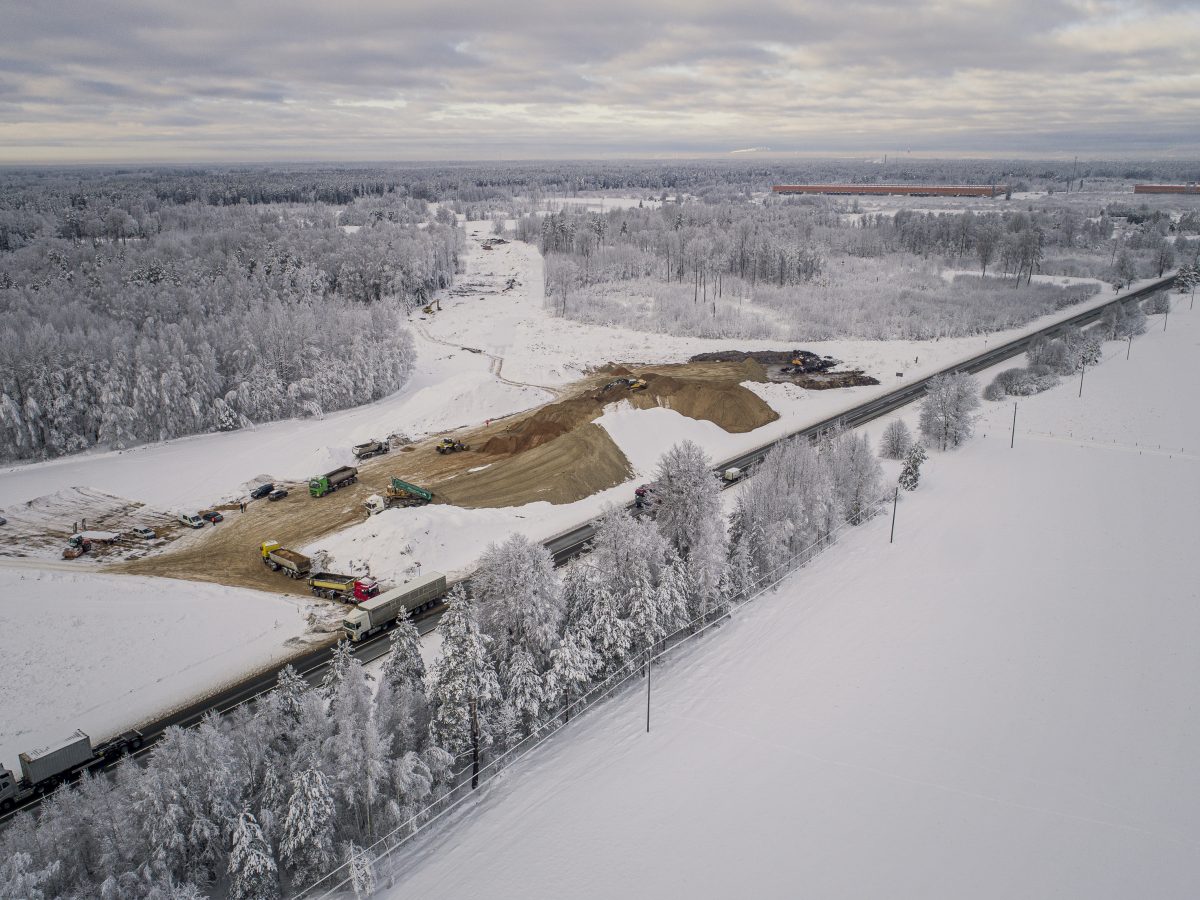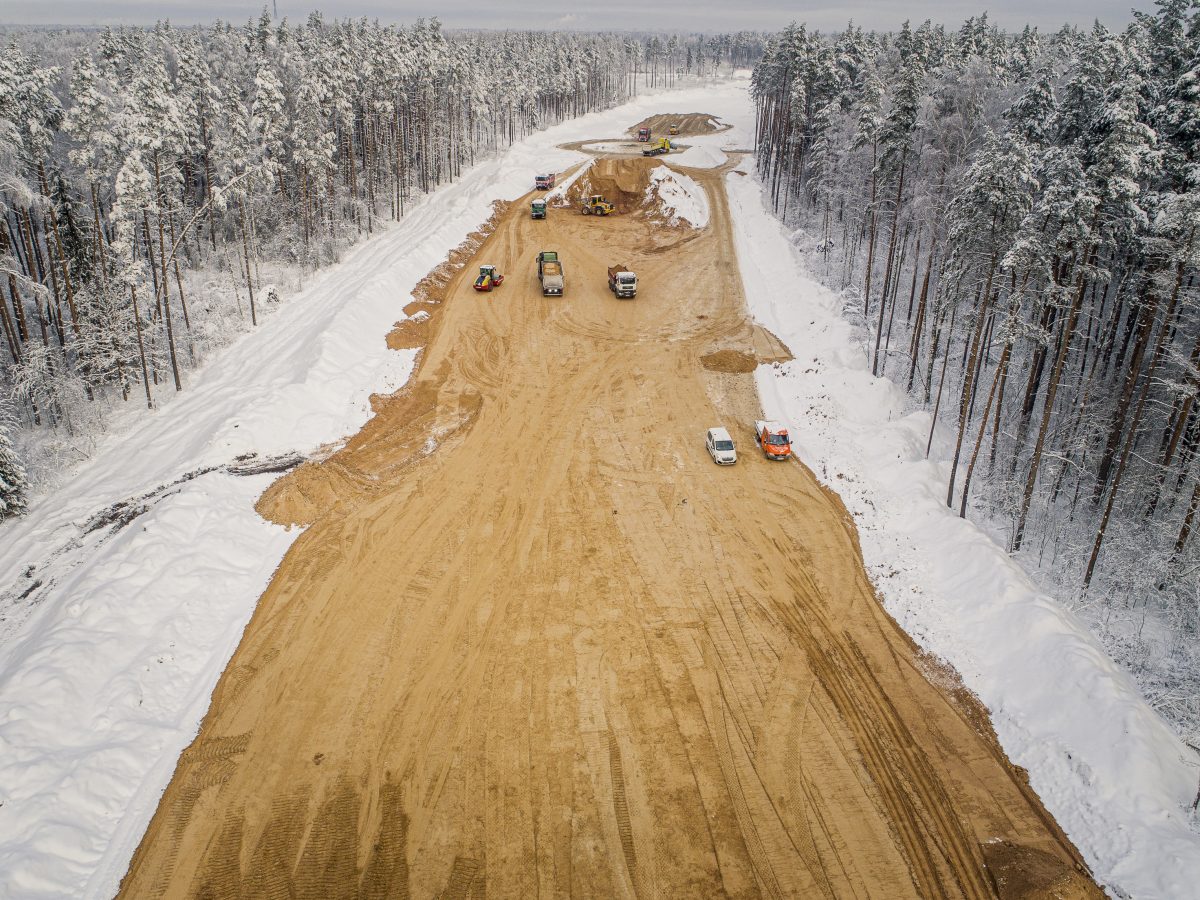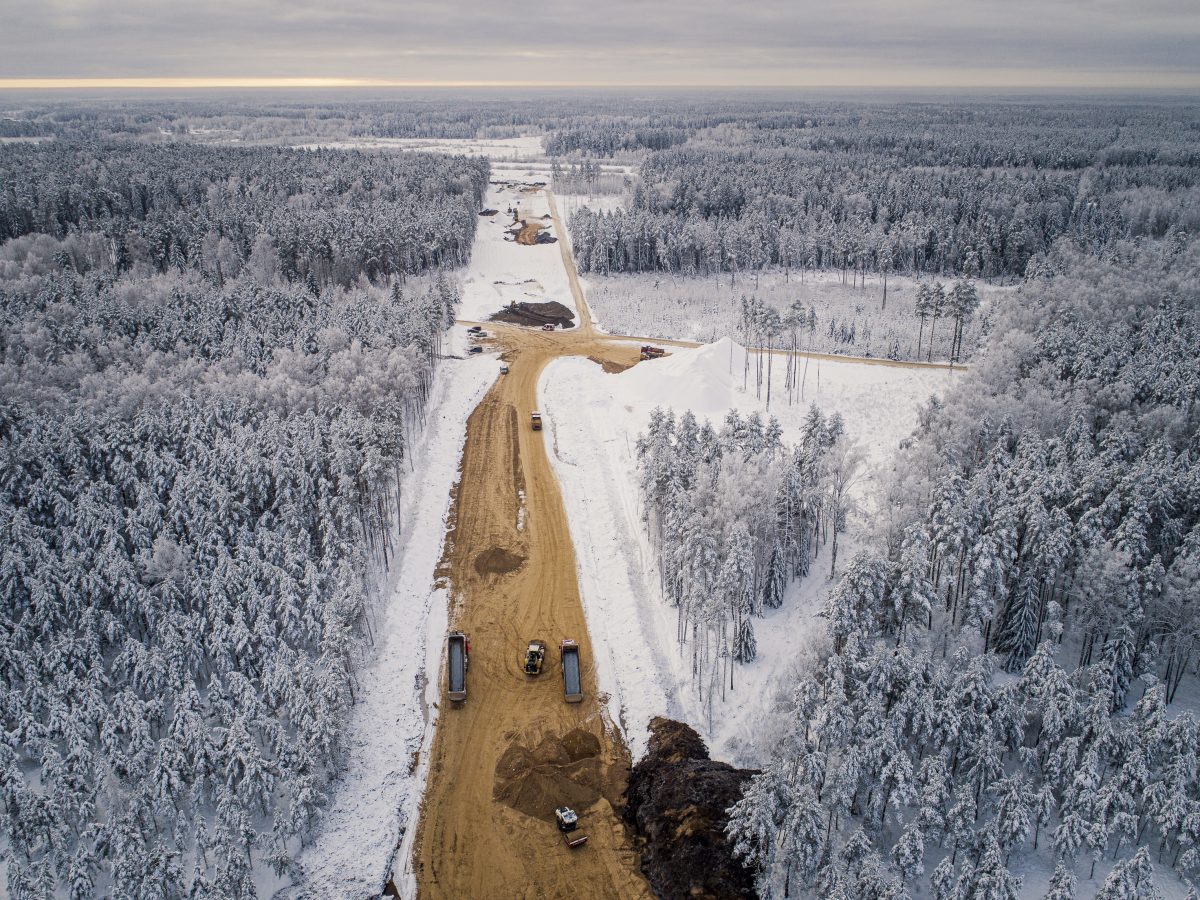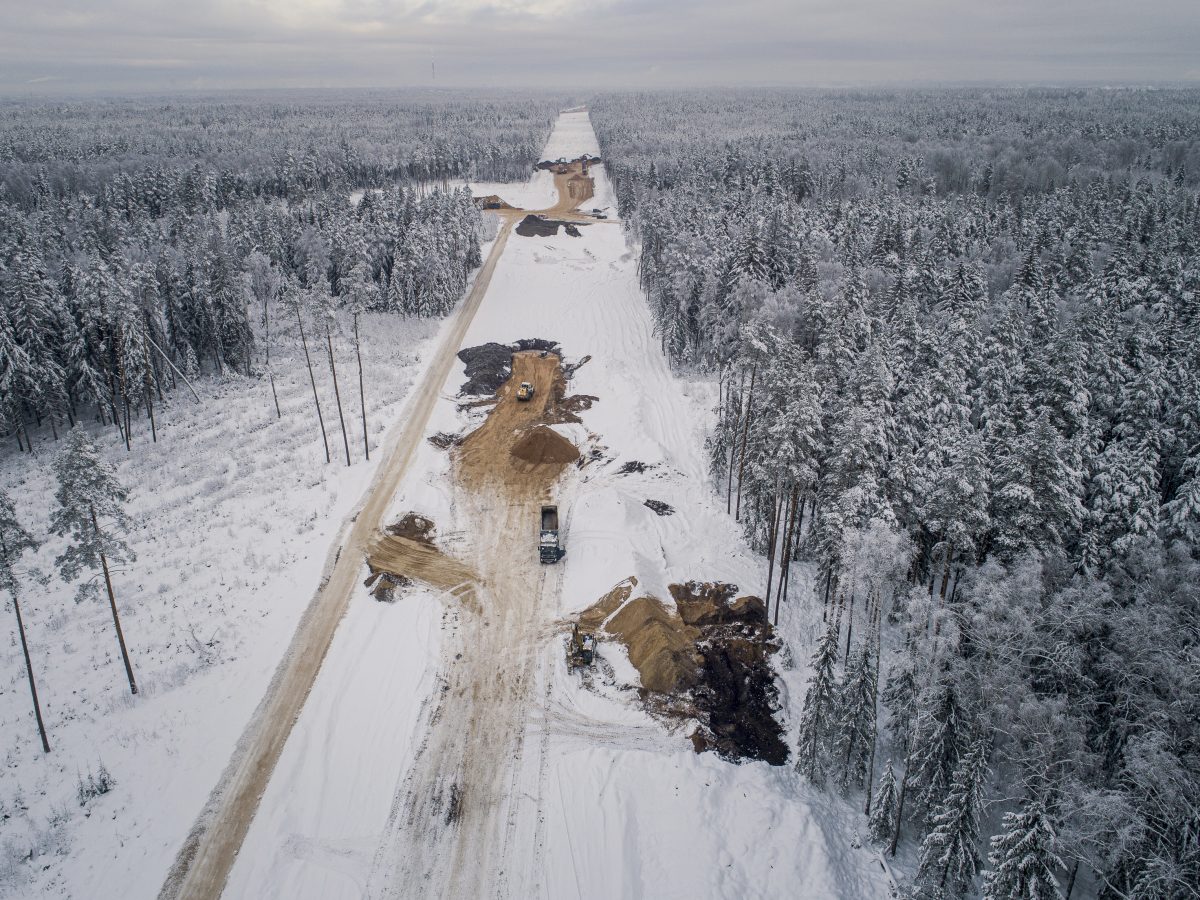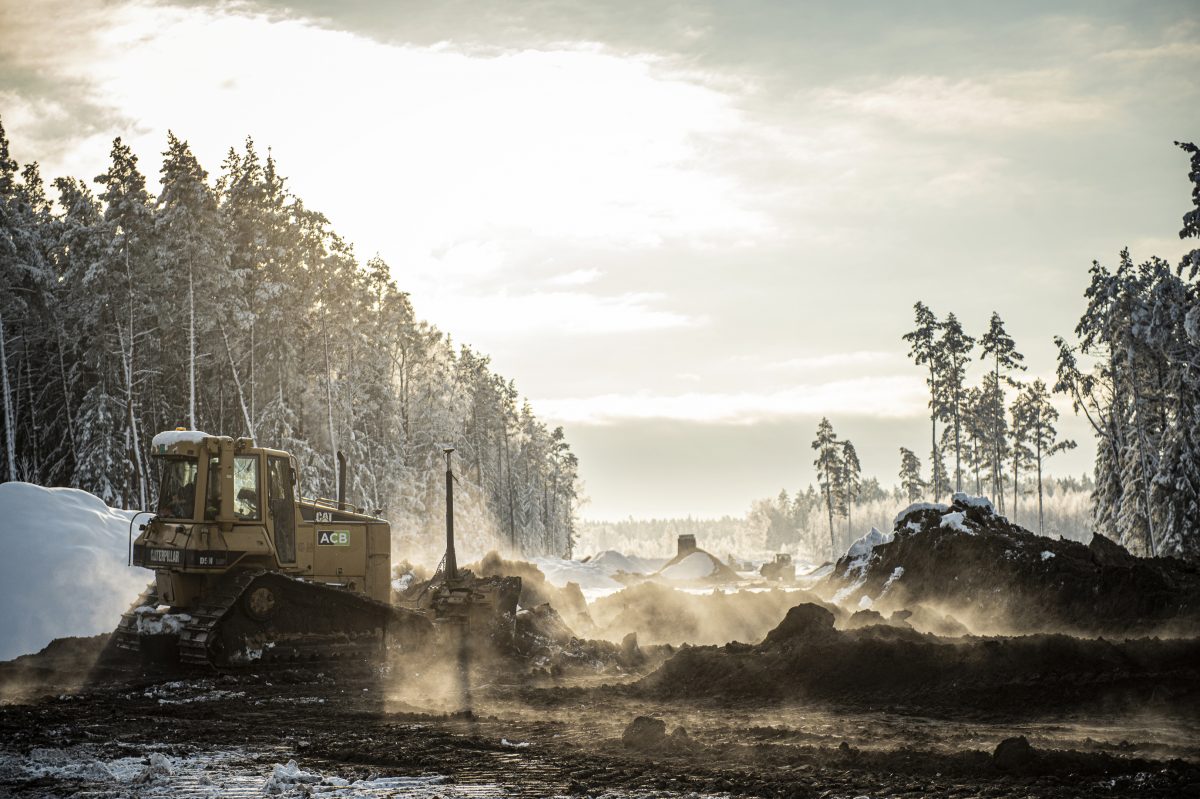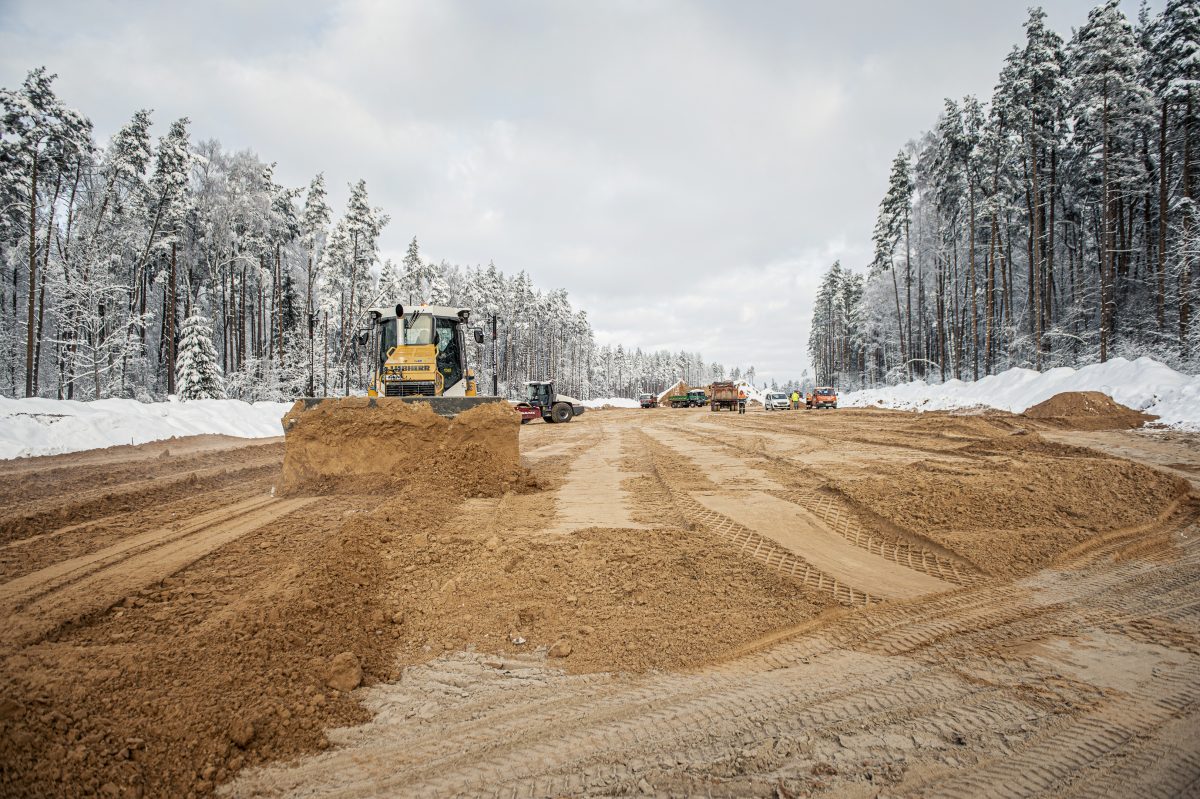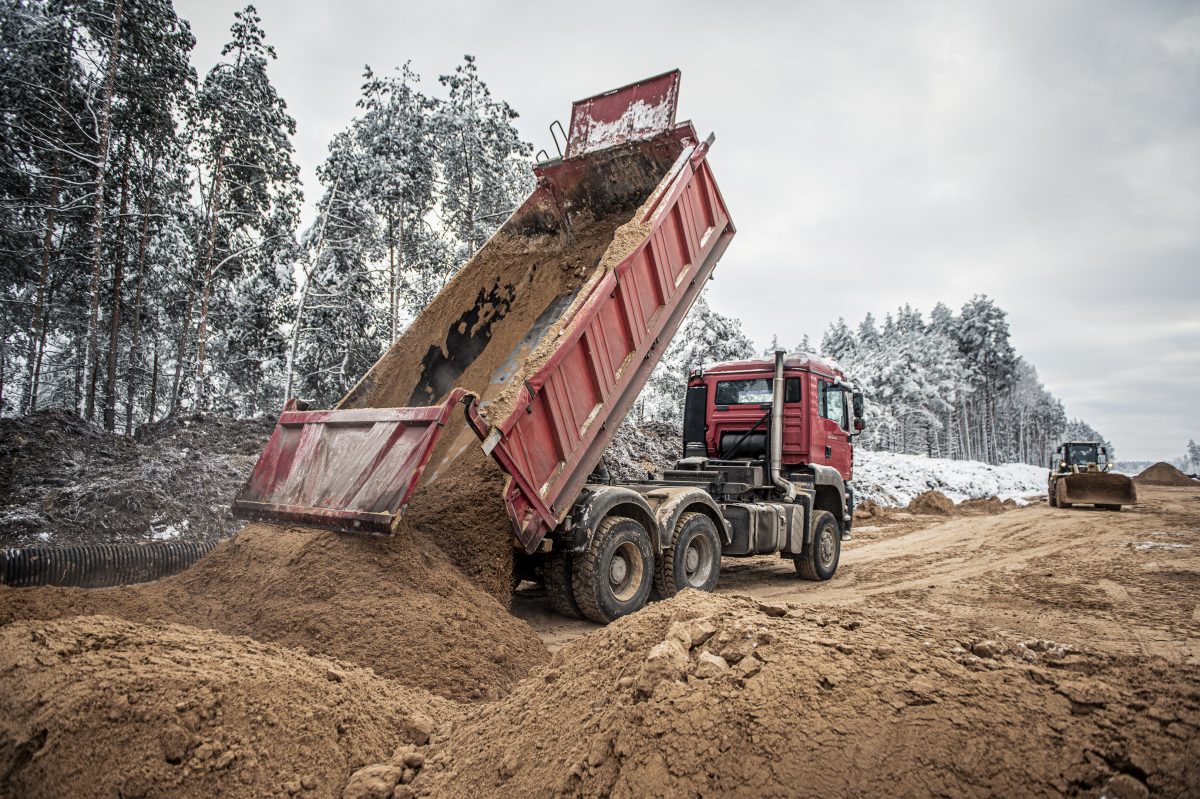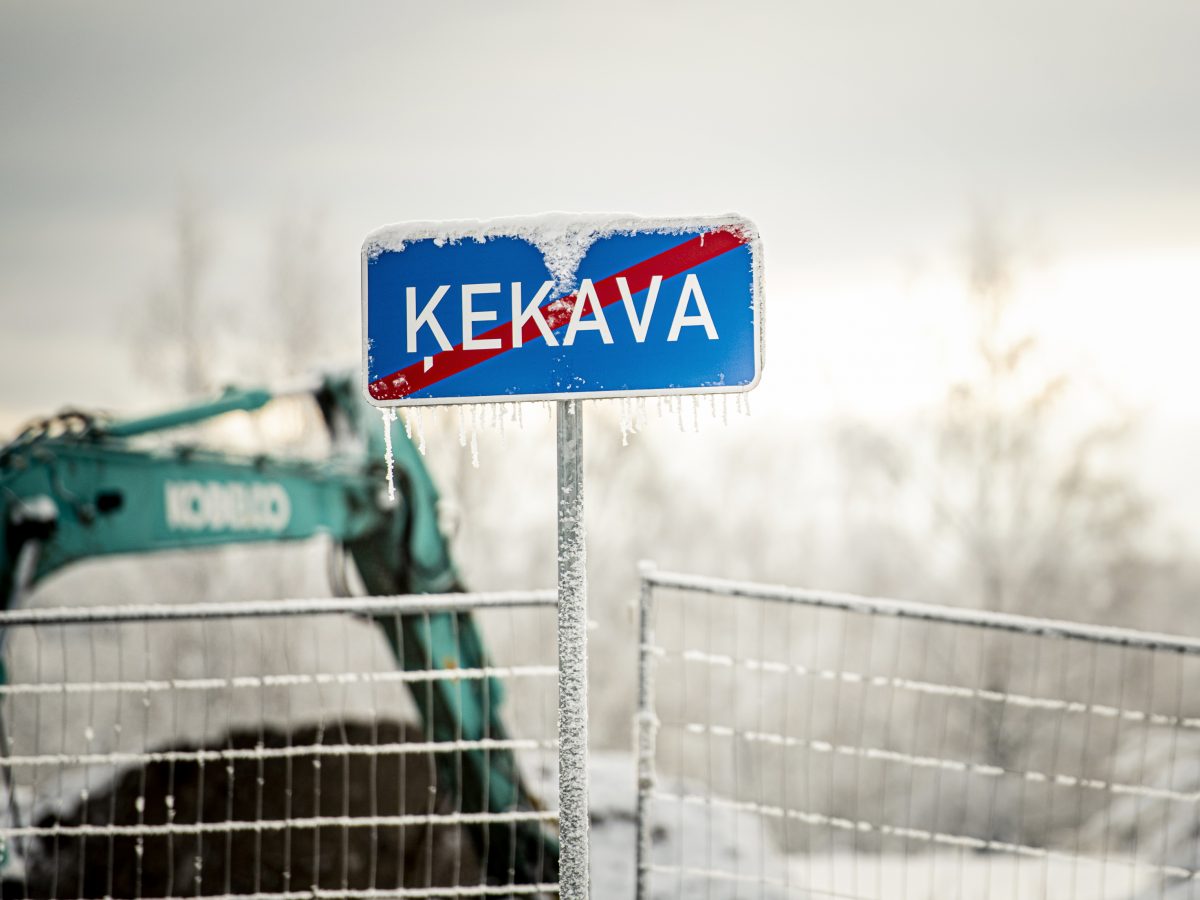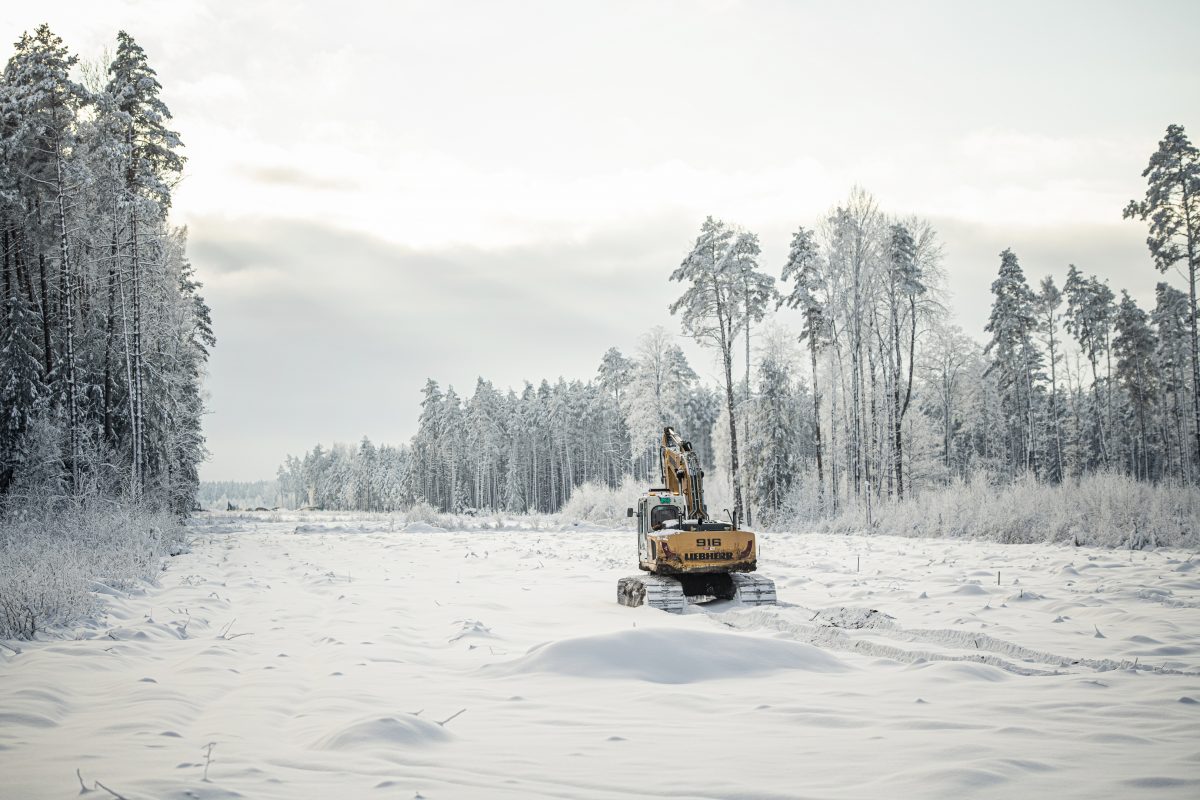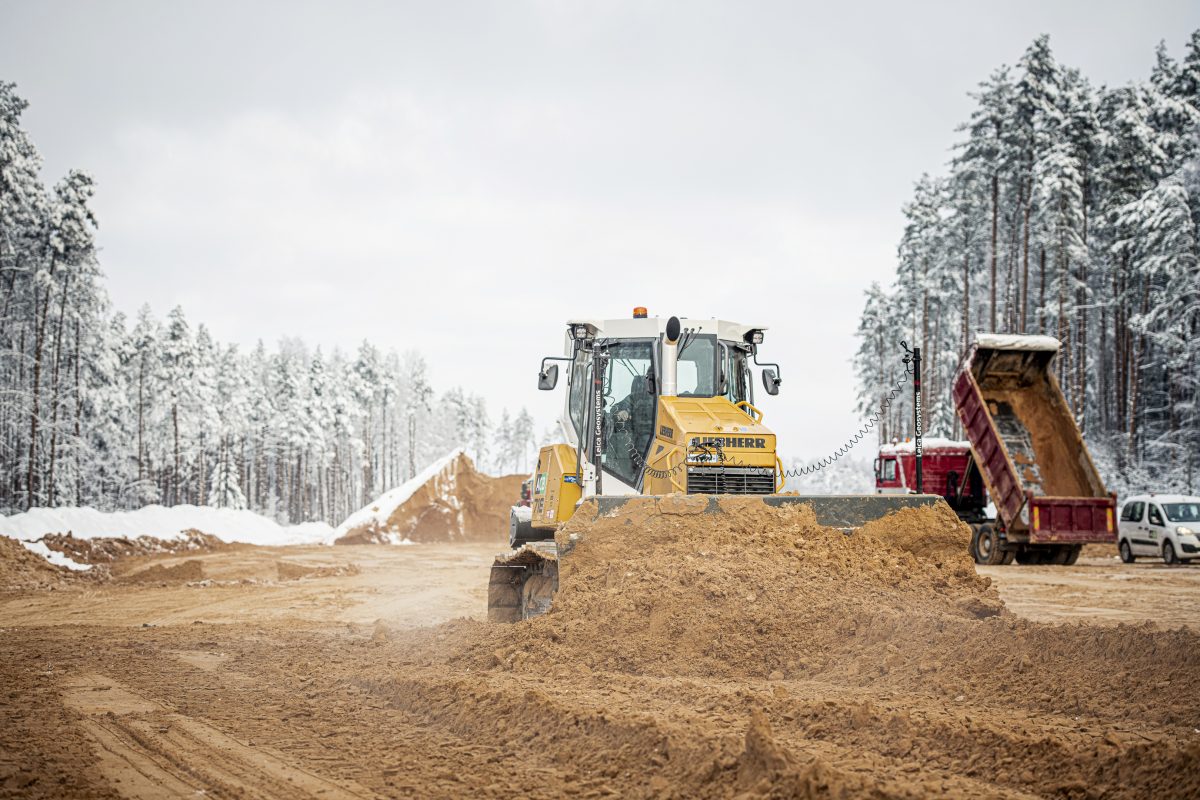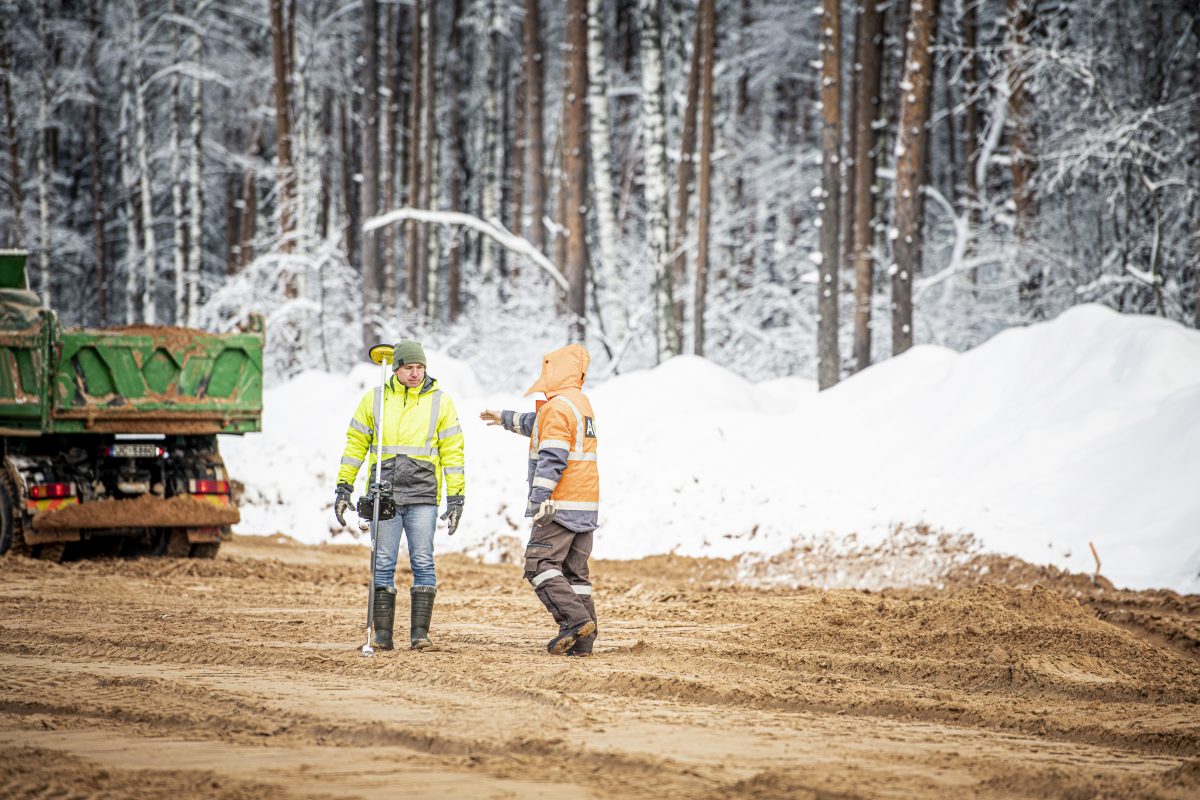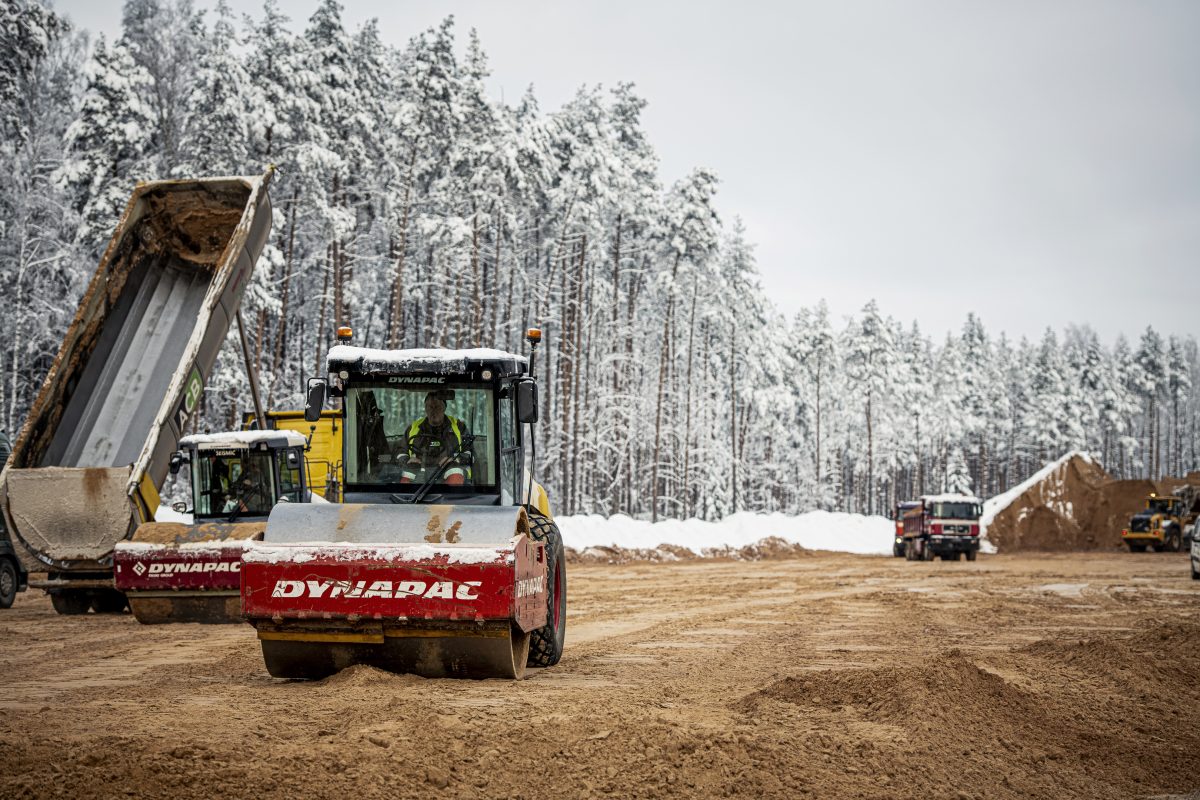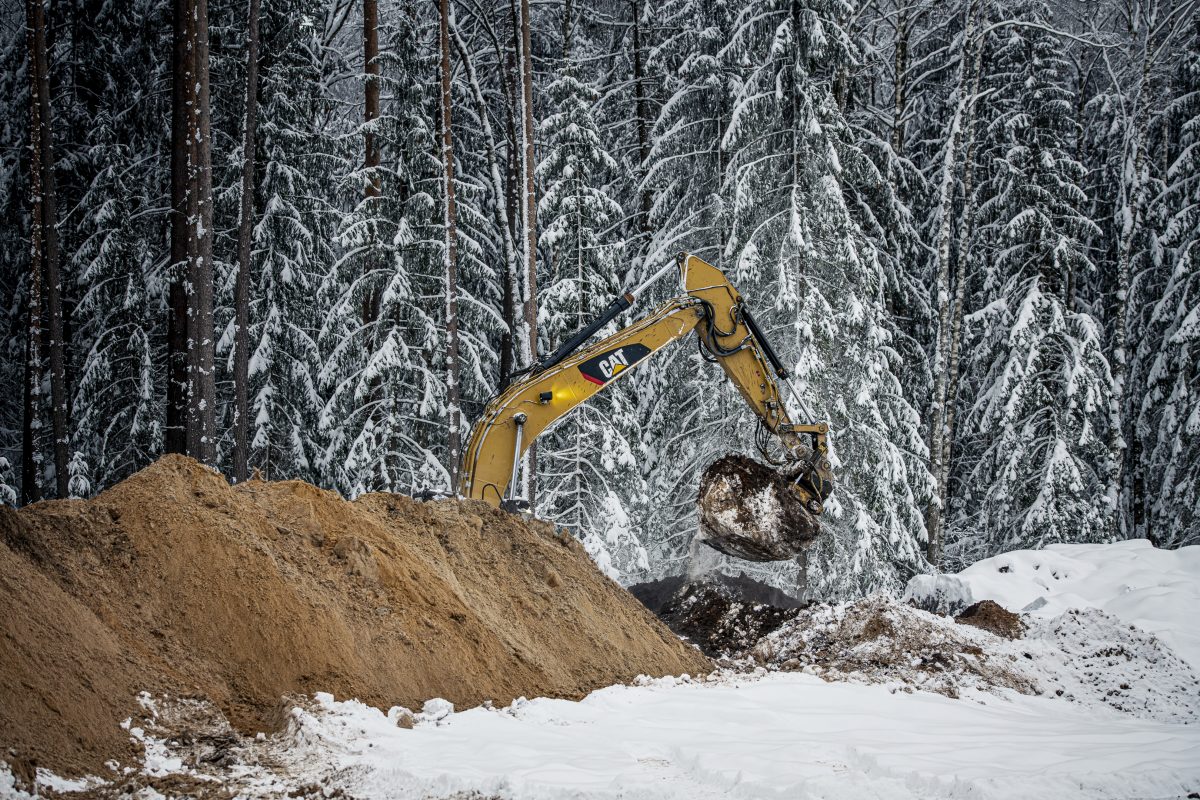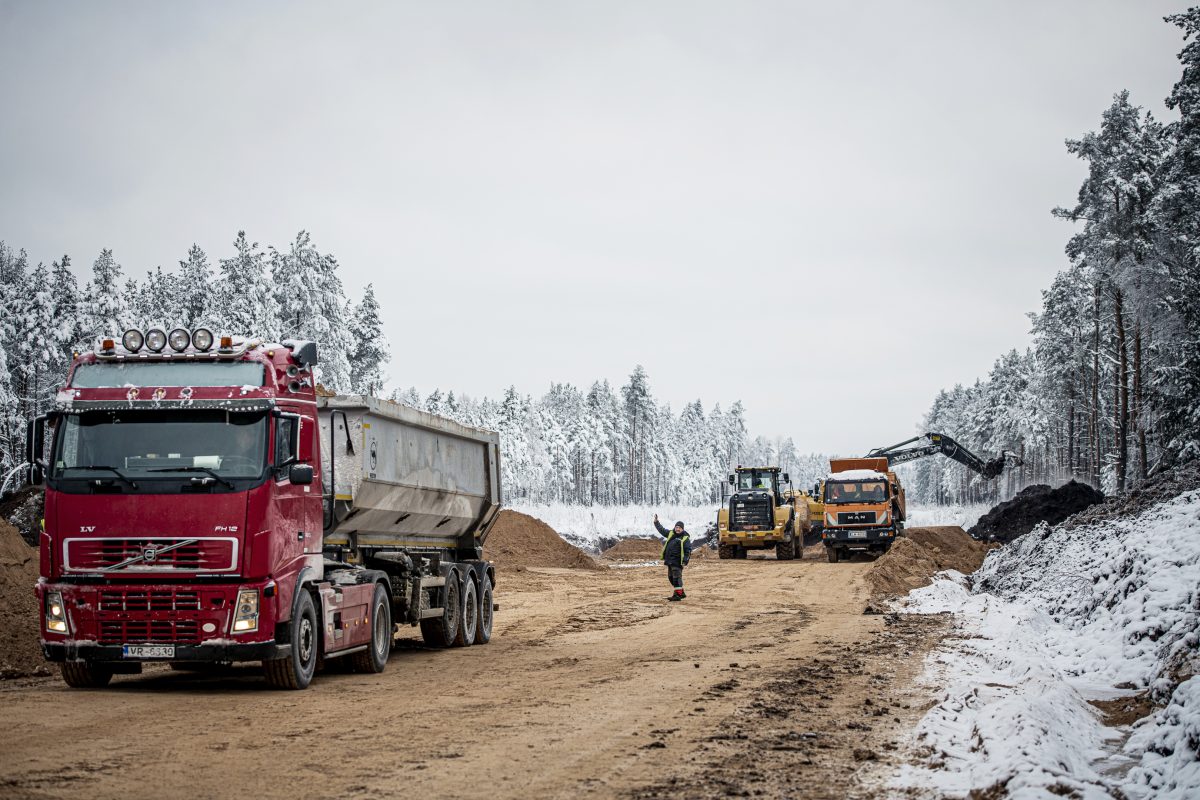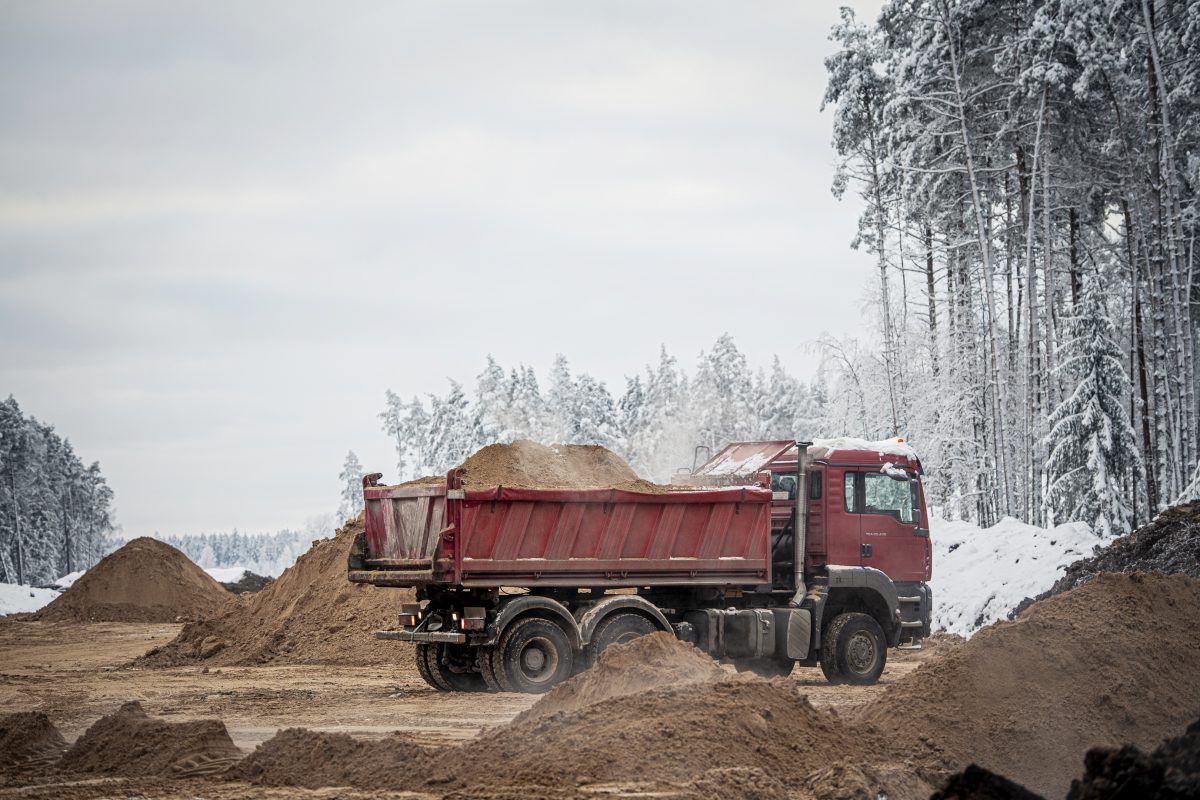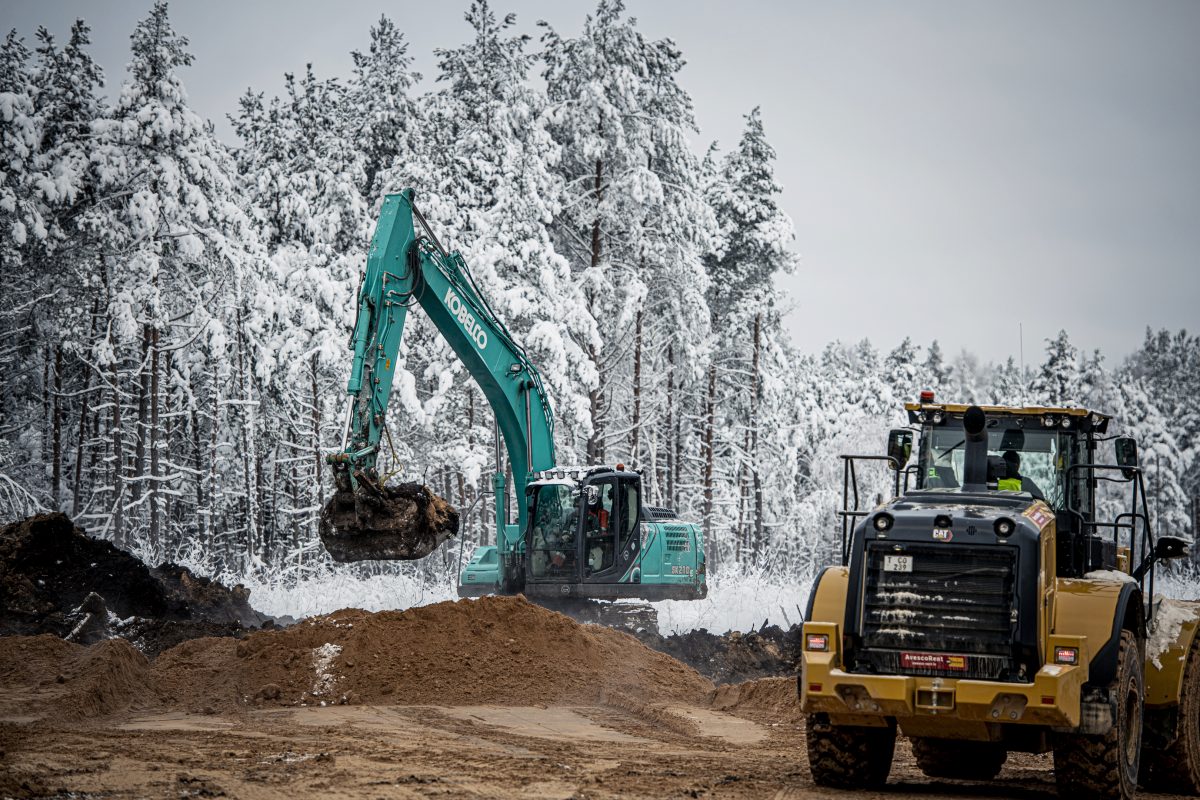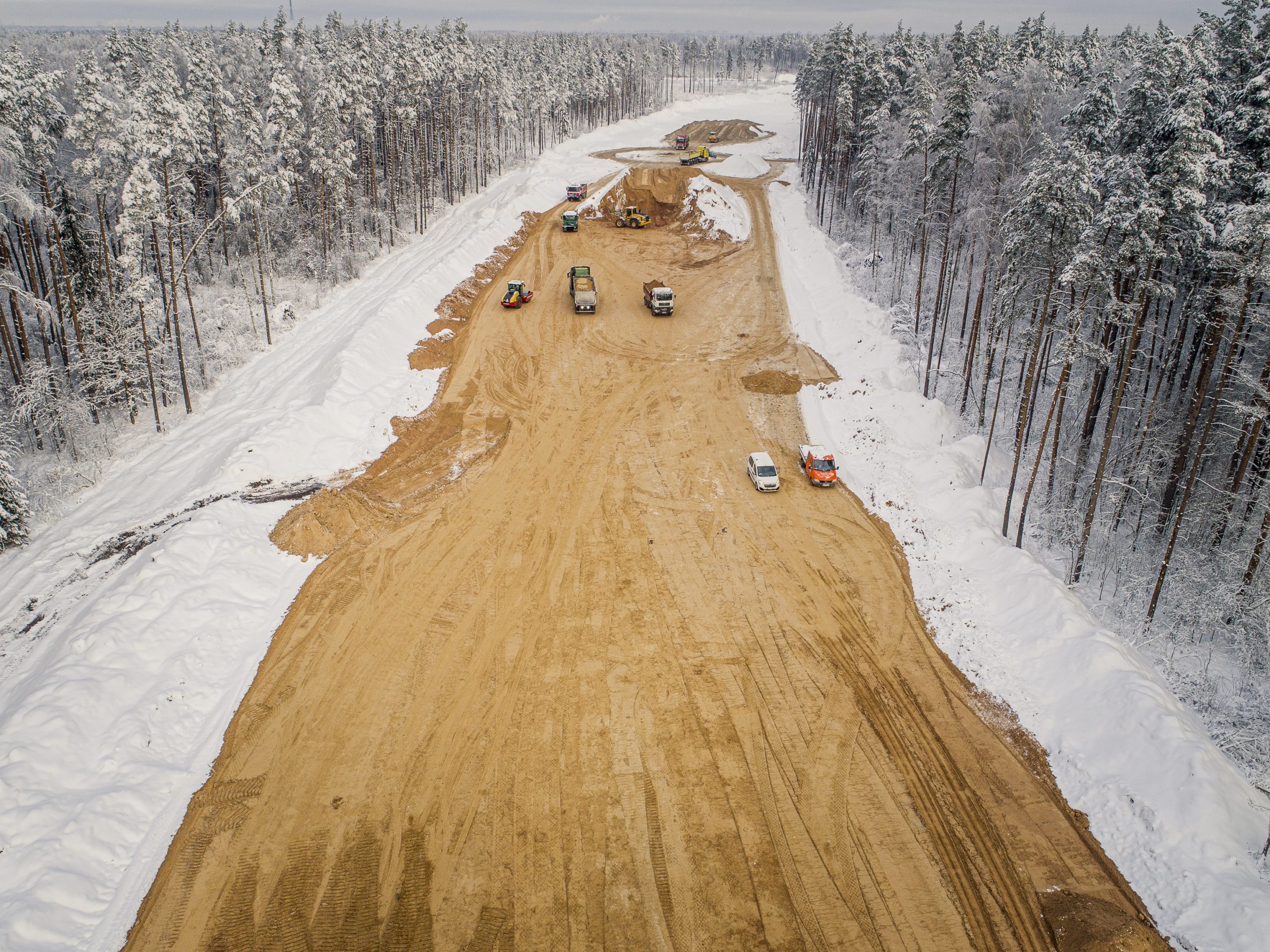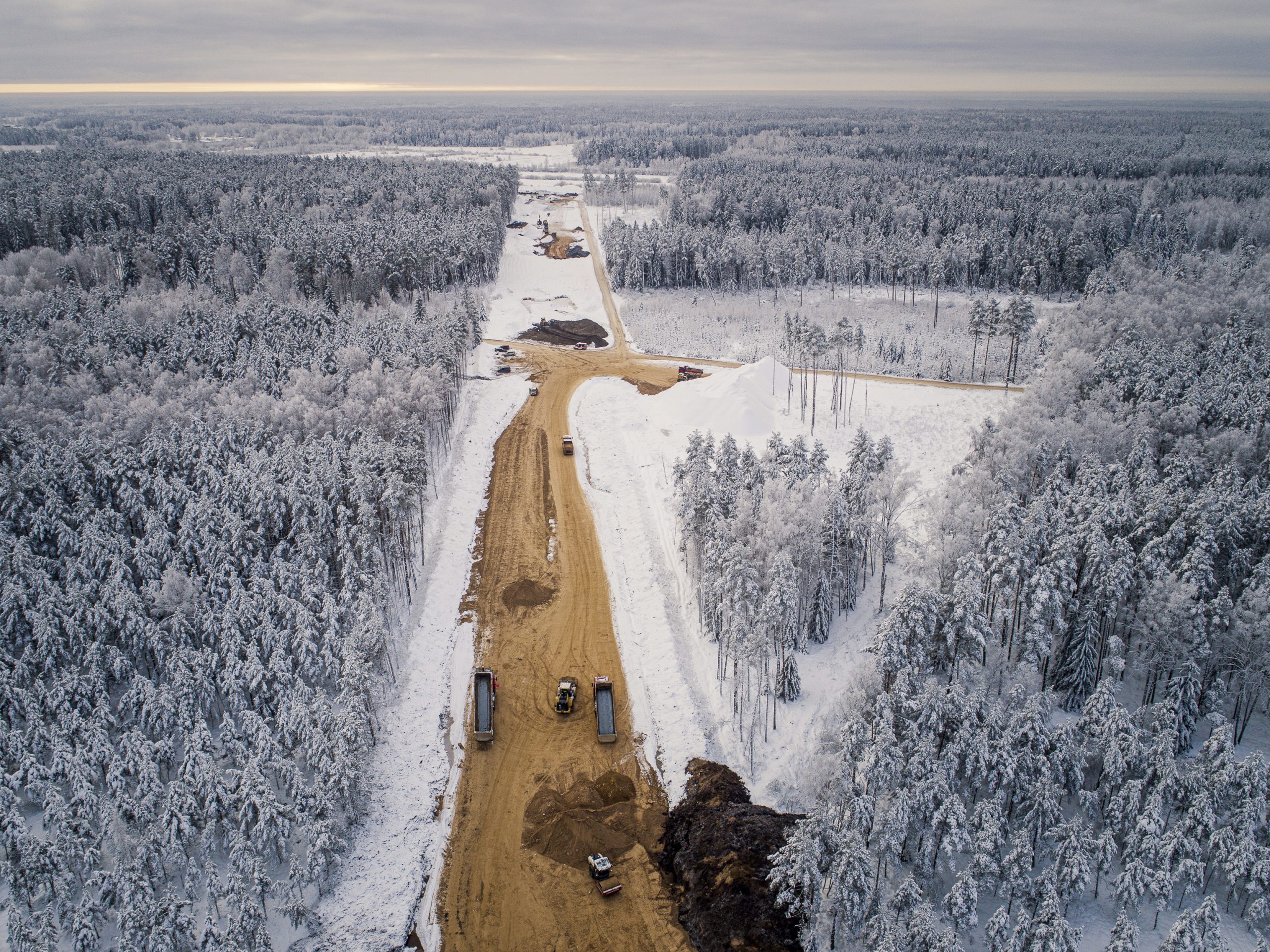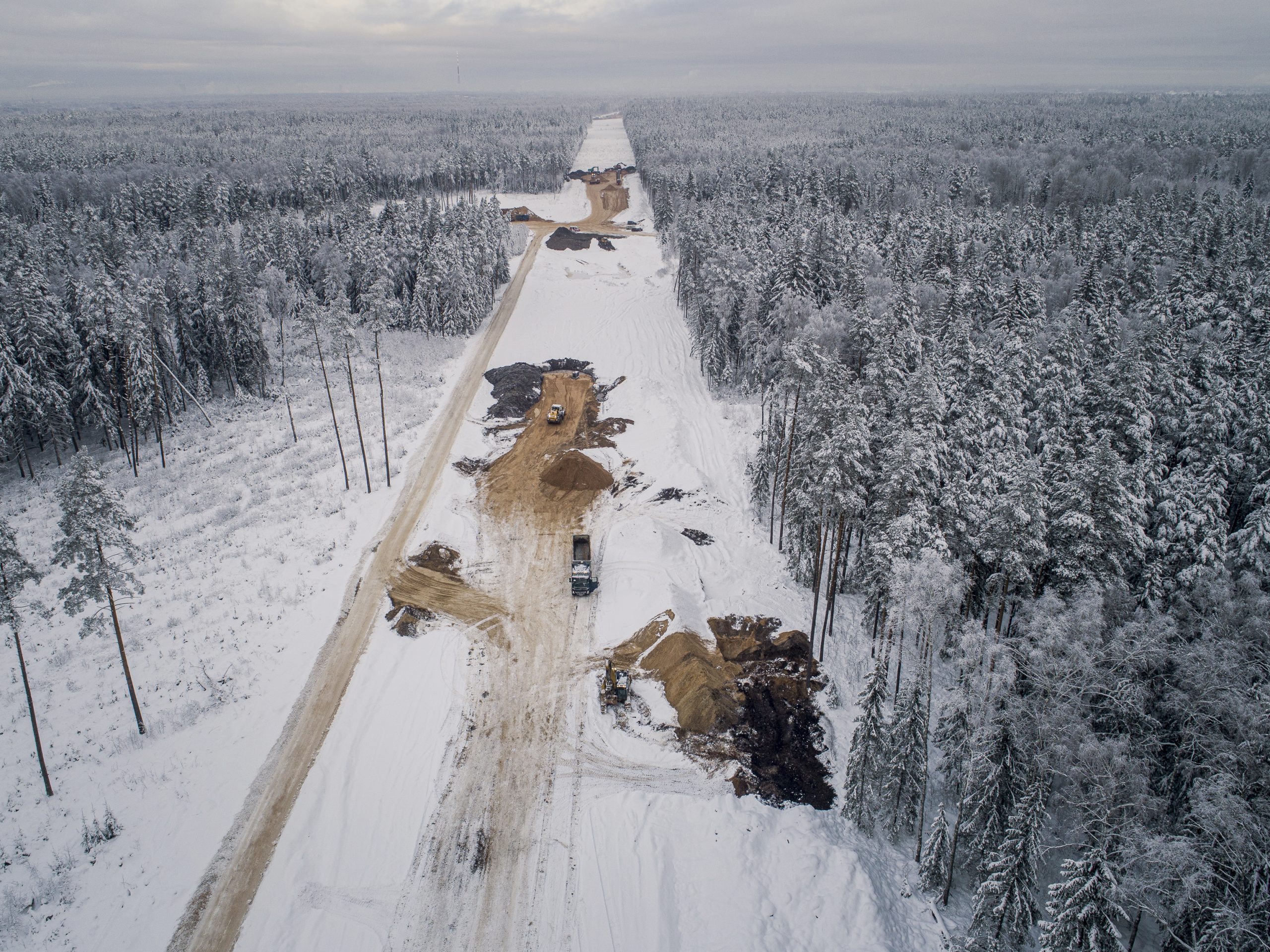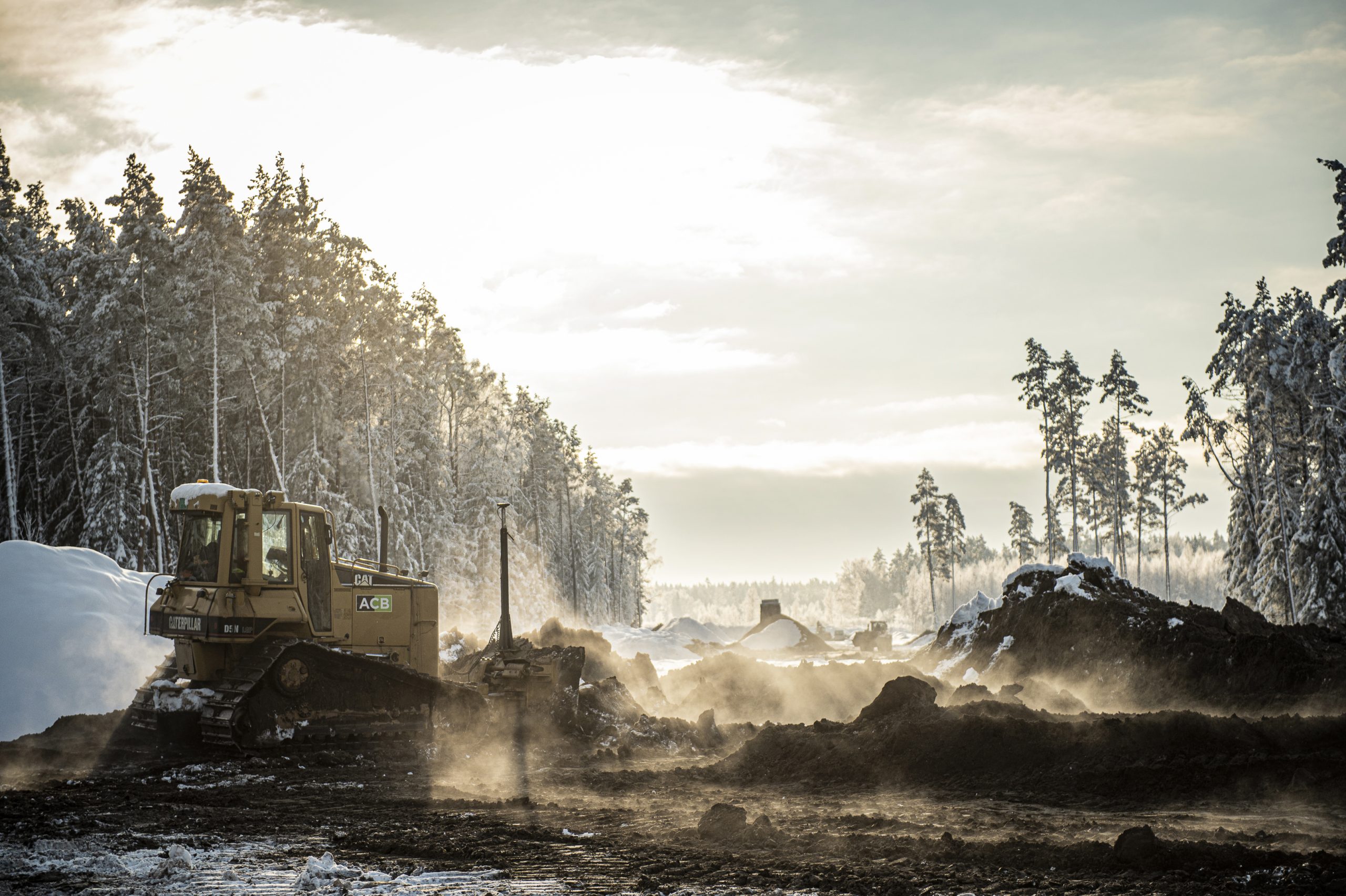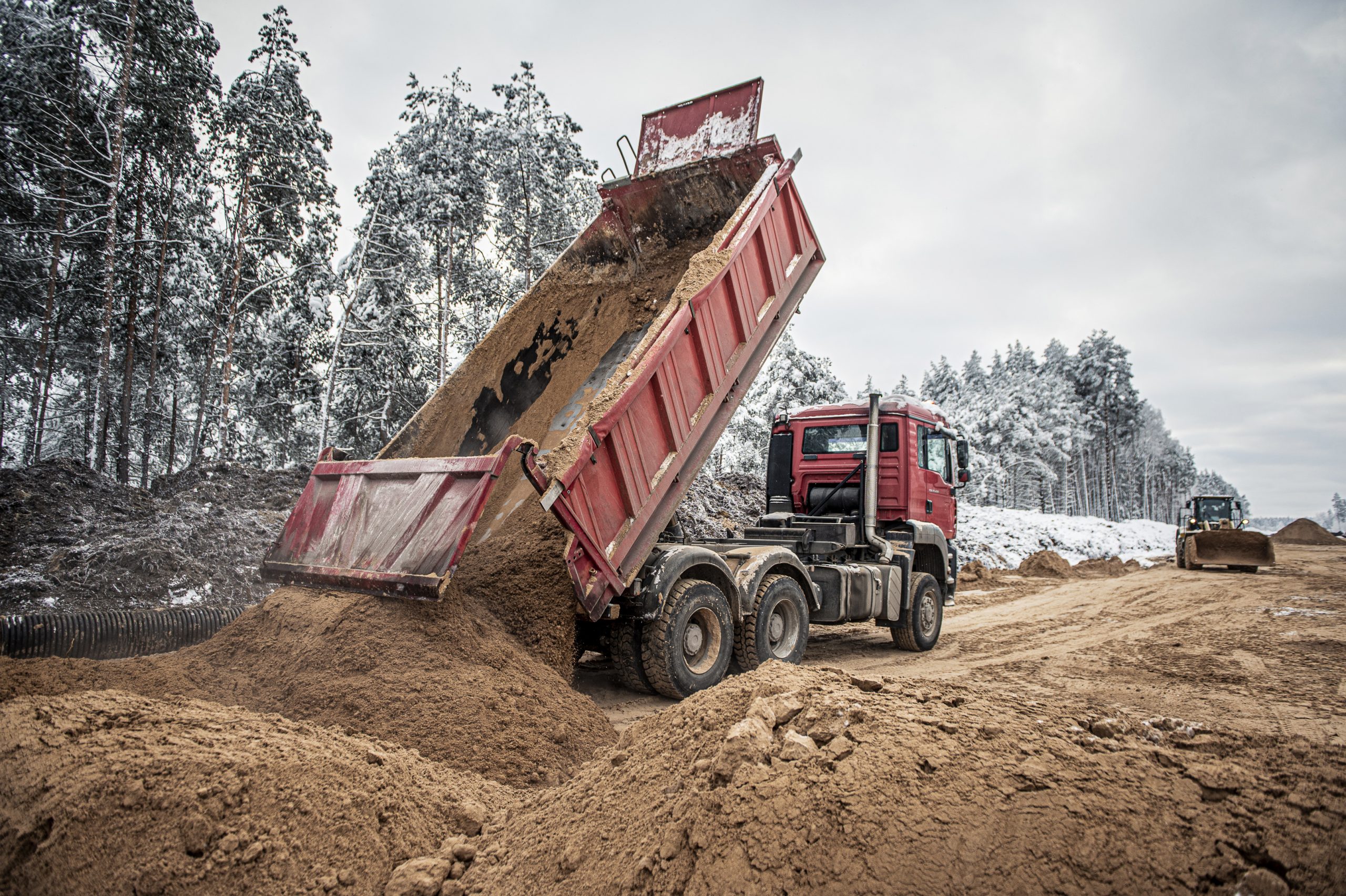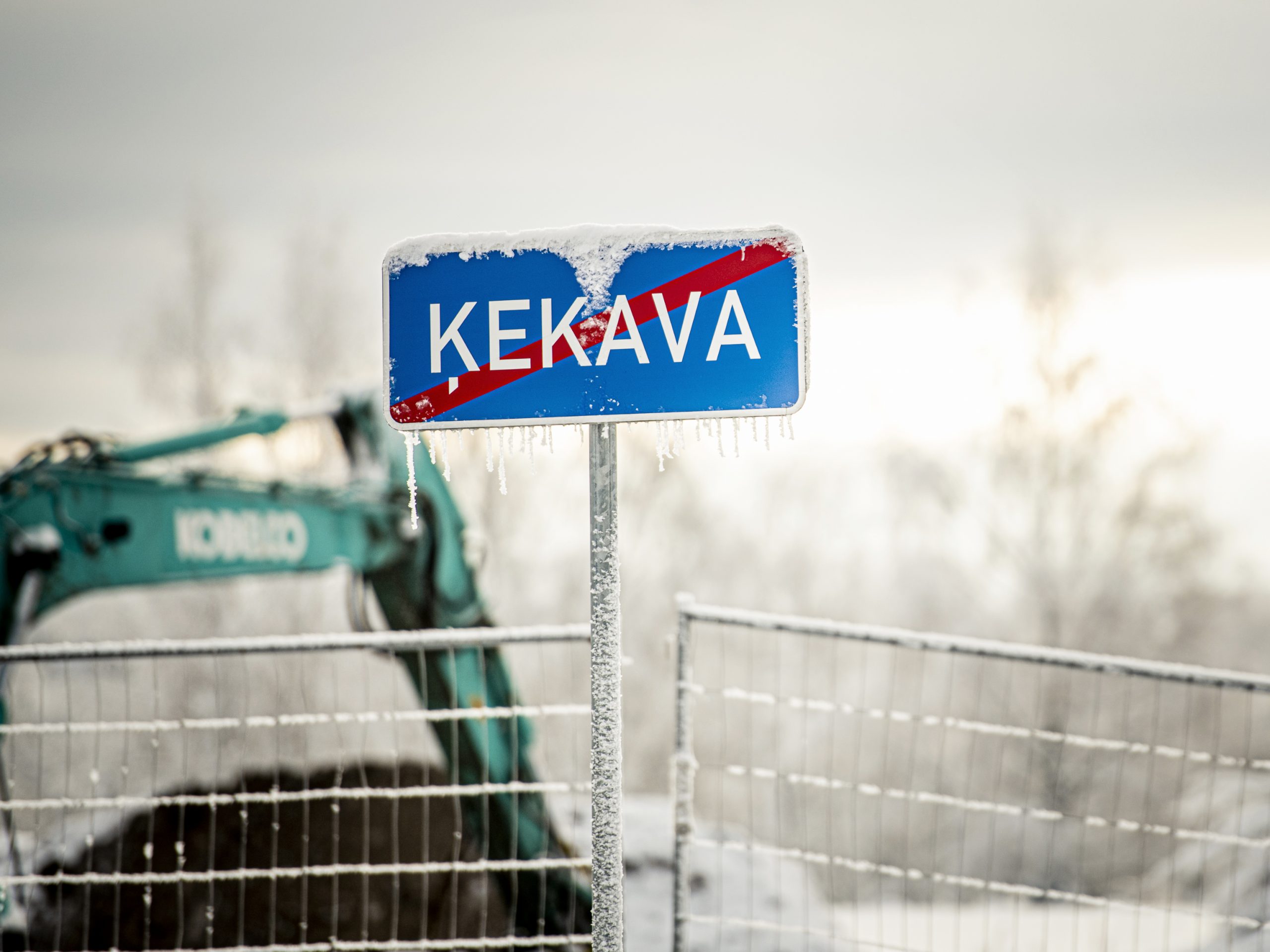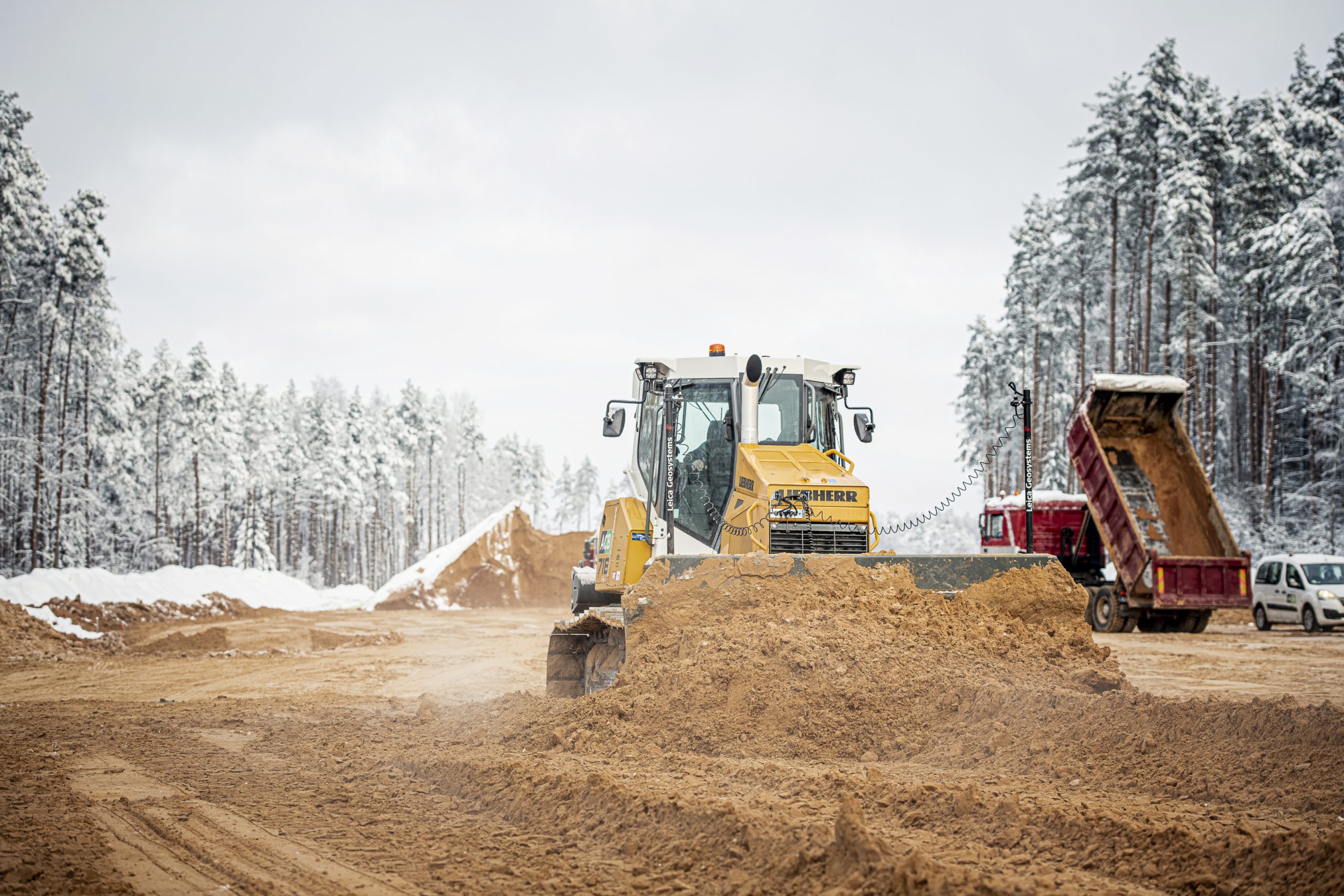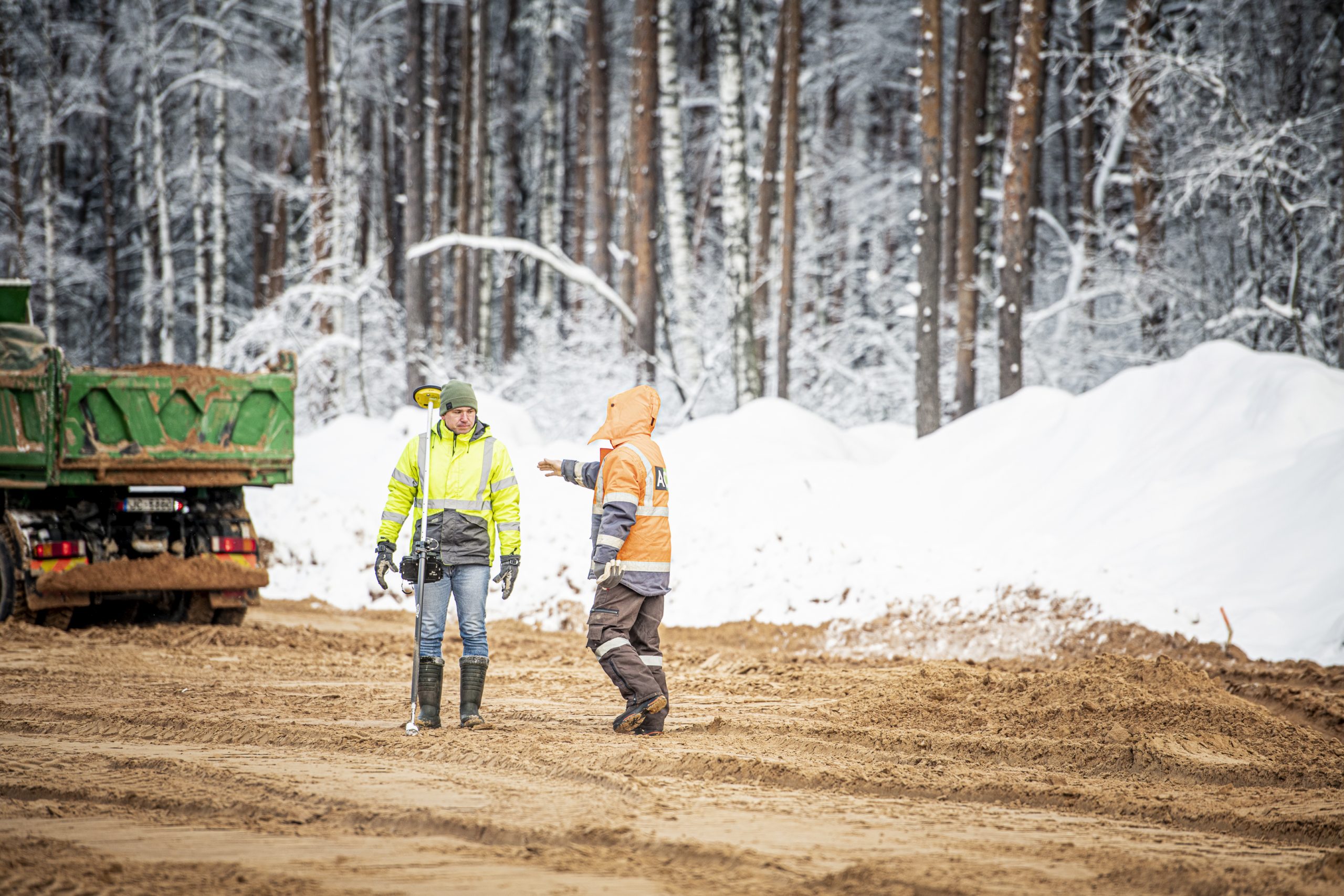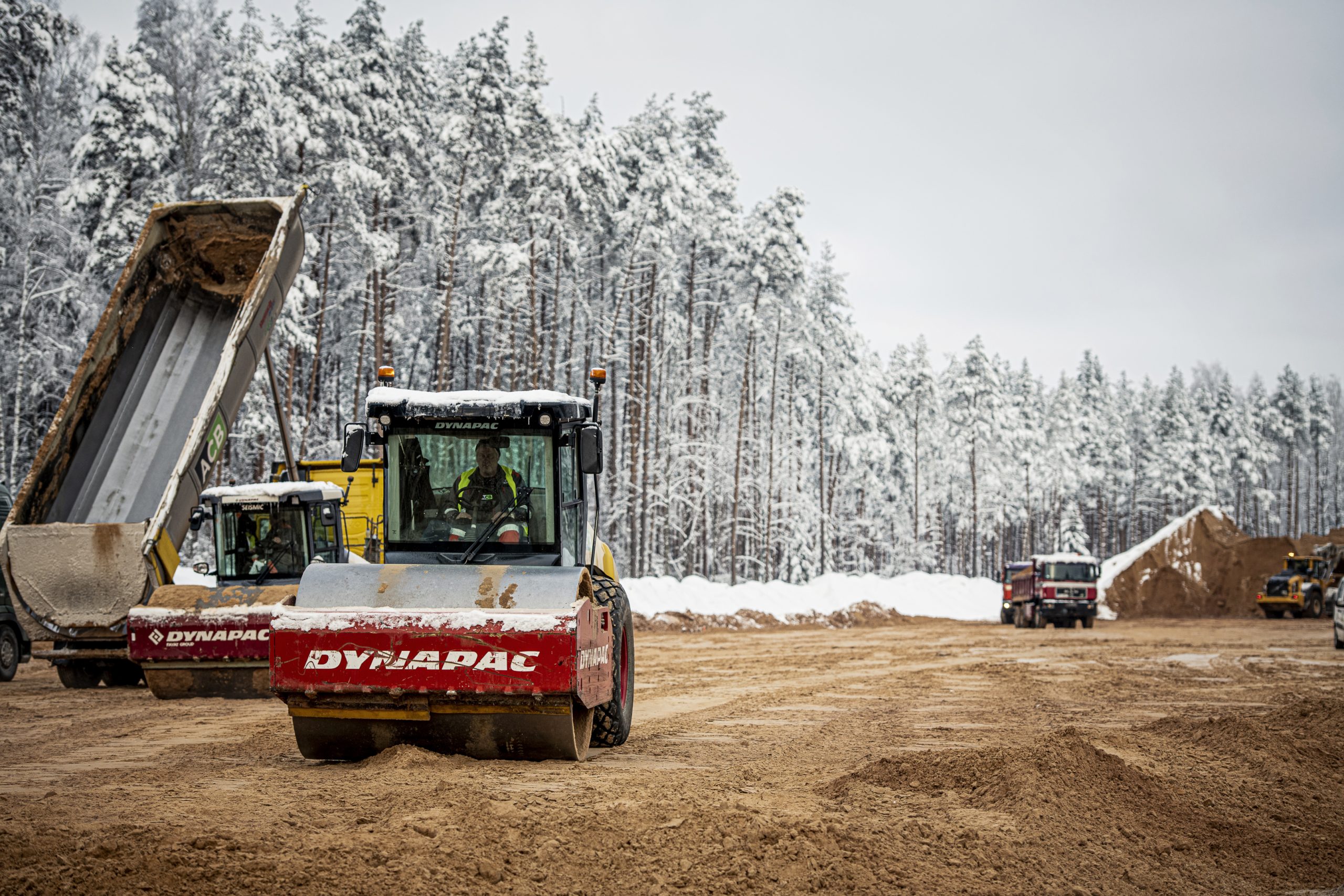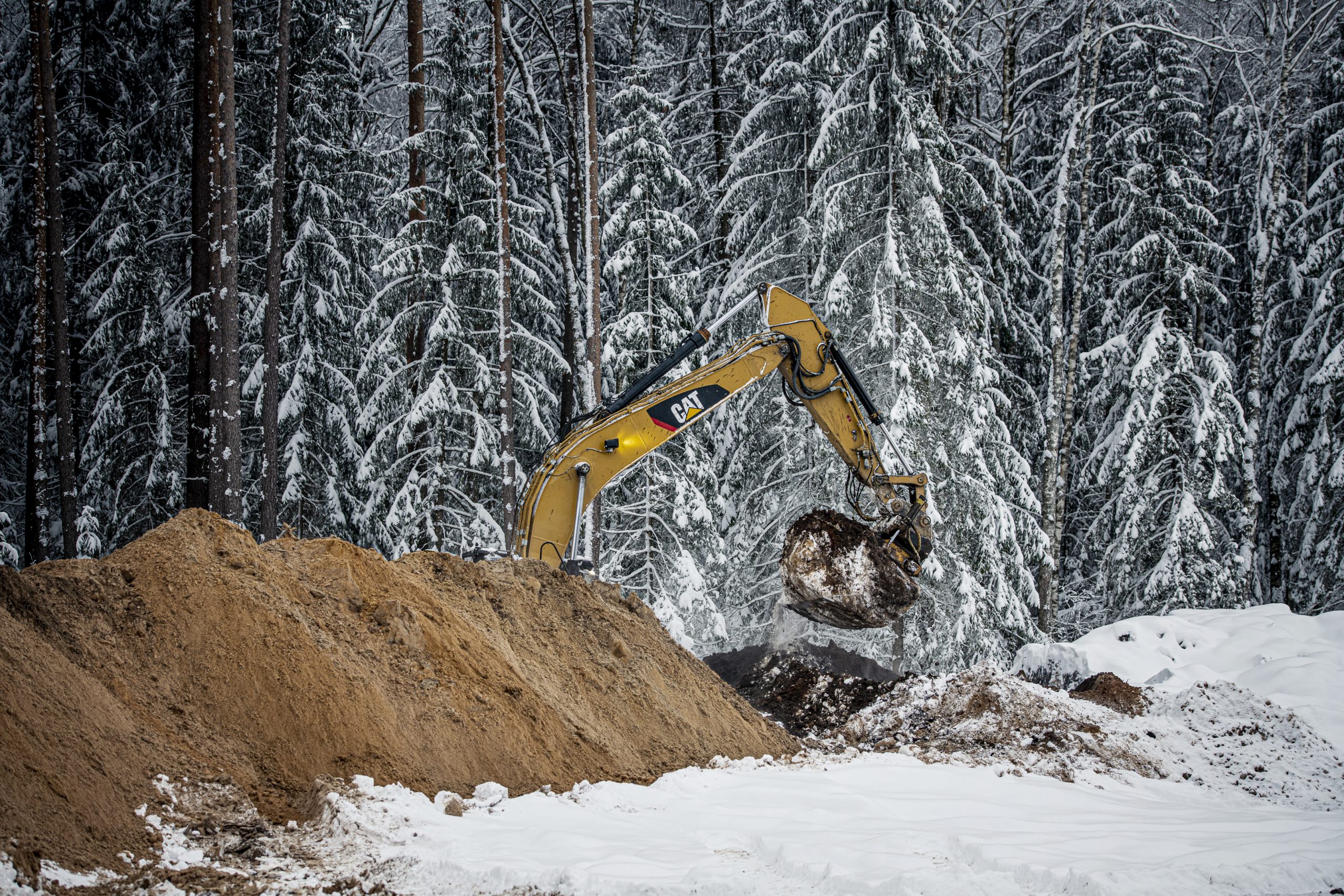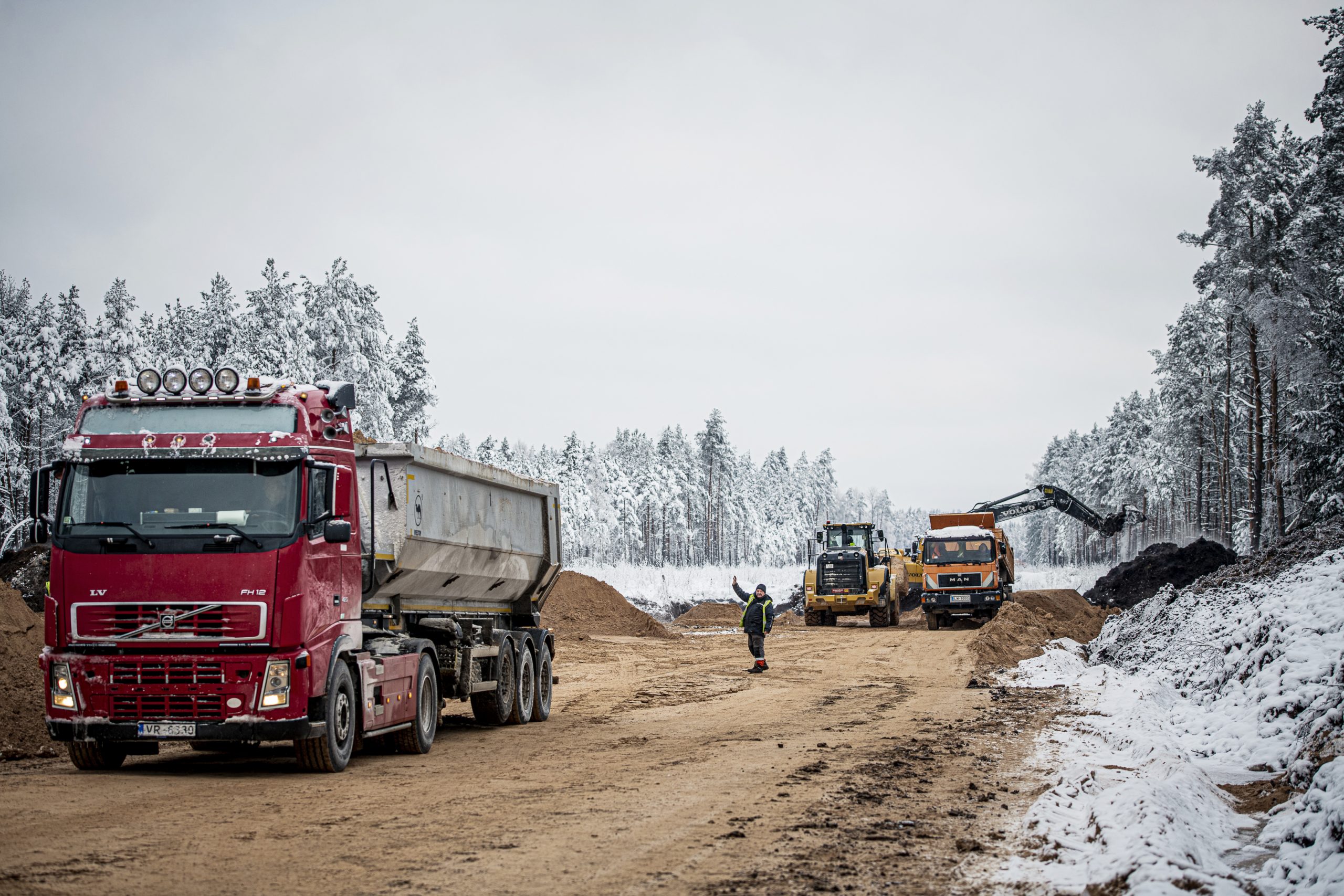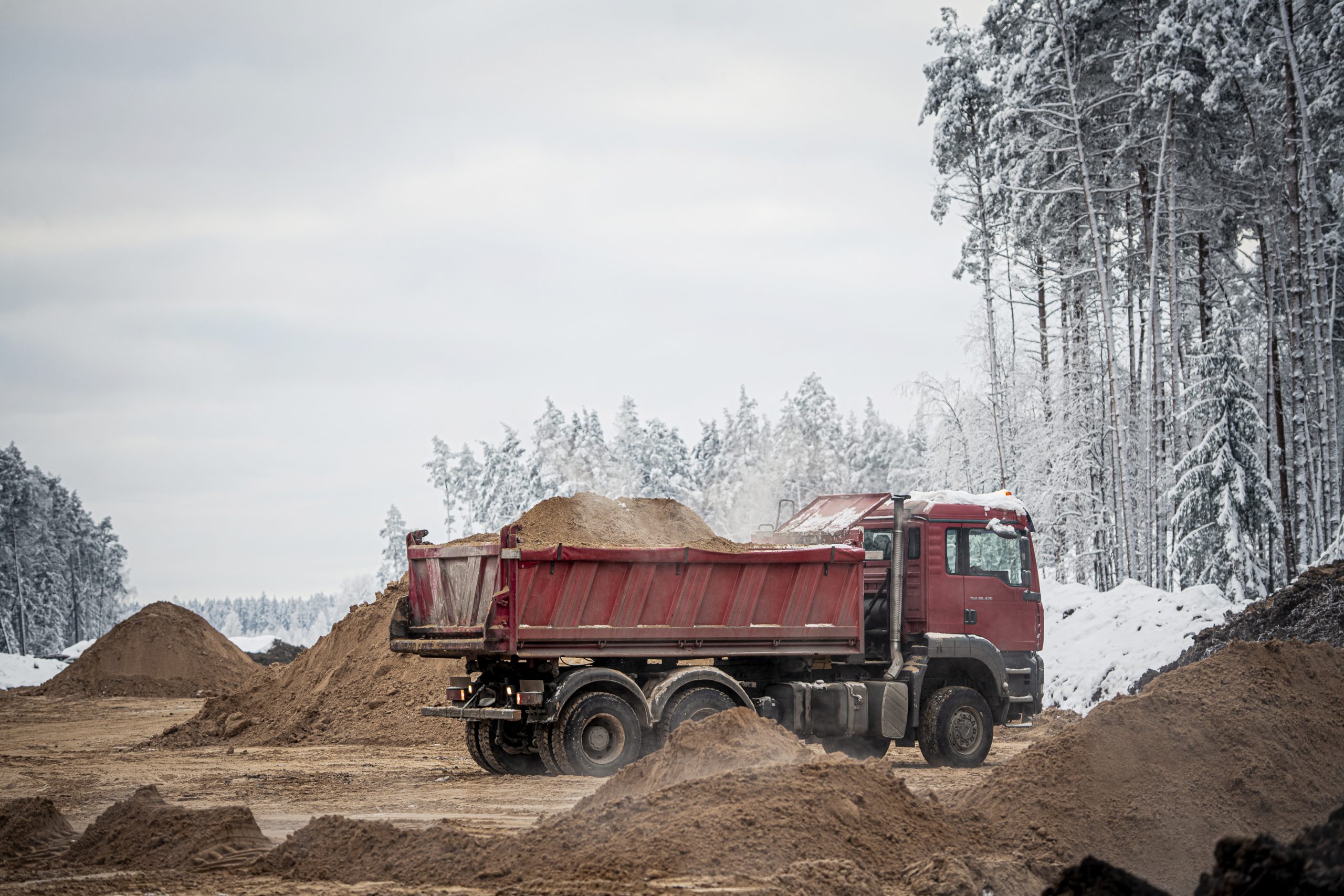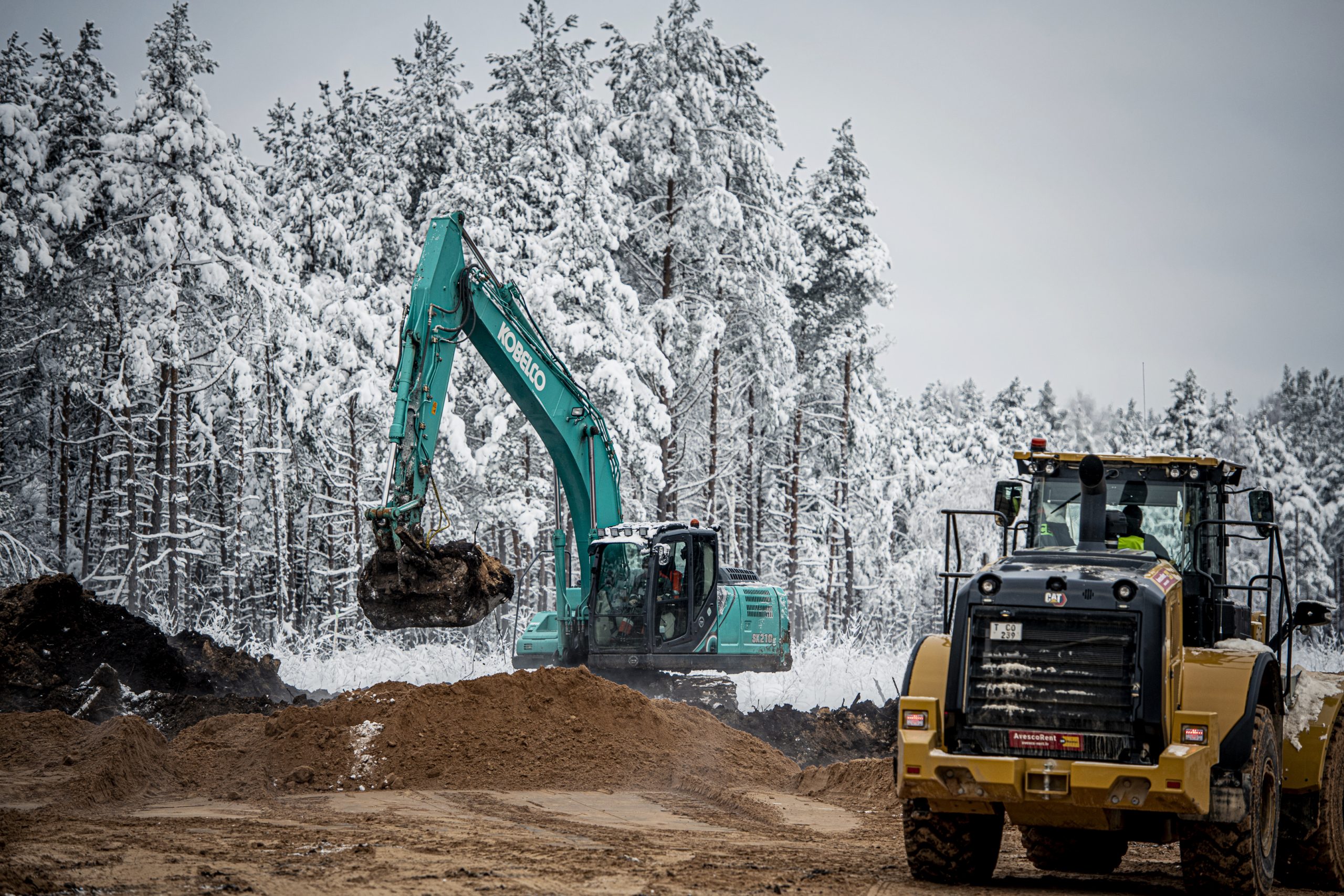Construction of Ķekava Bypass already underway. Photo gallery
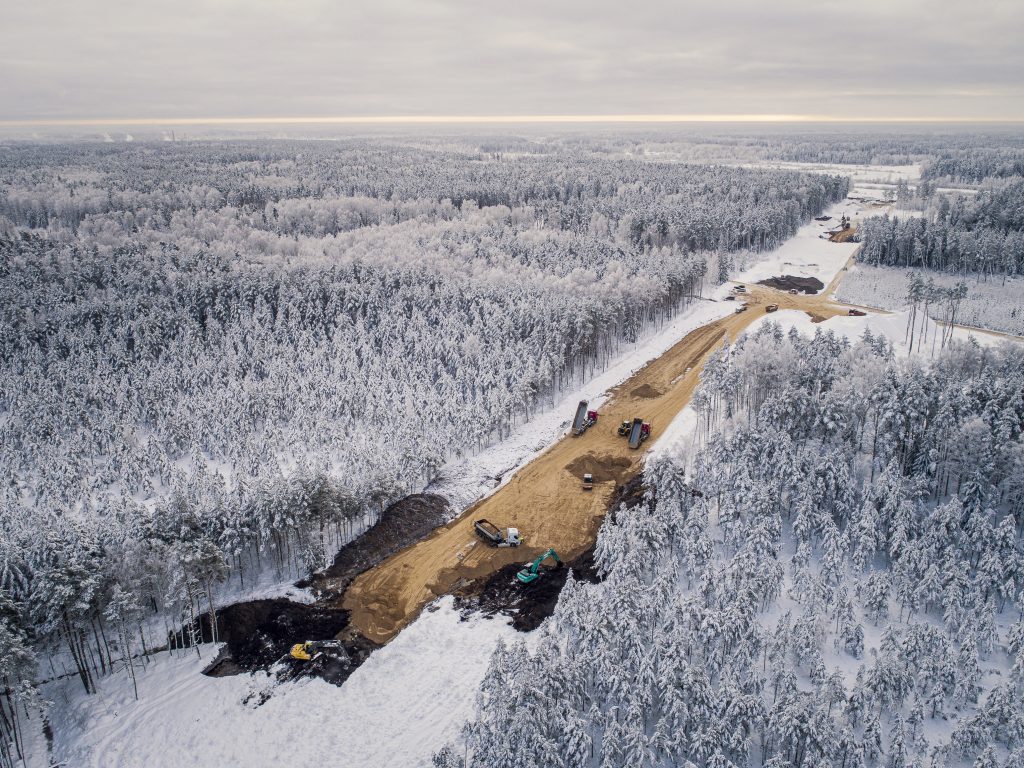
The construction of the state main road A7 Riga–Bauska–Lithuanian border (Grenctāle) section from km 7.9 to km 25.0 or Ķekava Bypass was commenced in December as planned. Earthworks, supply of materials, dismantling works and other preparations are carried out along the new road. Construction works are carried out in the location of the new road and no traffic restrictions are needed at the moment, however, they will be introduced already in the beginning of the next year. The supply of materials during construction is organised along several local roads which have been handed over to the contractor for maintenance.
Technical design and construction of the main route of Ķekava Bypass, its auxiliary roads, interchanges and other related infrastructure is caried out by the private partner AS Kekava ABT and attracted subcontractors. Construction supervision is ensured by SIA Firma L4. Construction has to be completed until the end of 2023 and maintenance of the new road will be provided by the private partner in the period of 20 years after the completion of construction. Therefore the completion of the whole PPP project is planned in 2043. More information on the PPP project is available HERE.
Ķekava Bypass in numbers
Within the Ķekava Bypass project almost 100 lane kilometres of road will be built, 220 000 tons of asphalt concrete will be paved. 450 000 tons of crushed dolomite and granite and 520 000 m3 of sand will be used in construction.
Thin wearing course technology will be used for the first time in Latvia in the construction of Ķekava Bypass; prefabricated concrete culverts designed and manufactured in the Czech Republic with a particular durability and resistance to aggressive climatic conditions will be also used in the construction.
The total length of steel guardrails along the entire length of the route will reach 40,000 m, but the length of concrete barriers – 4,000 m. 14 artificial structures and noise reduction structures will also be built. During the project the main water pipeline, gas pipelines and three high-voltage line crossings will be rebuilt and rainwater drainage networks will be constructed. Approximately 900 lighting fixtures will be installed.
In order to monitor the newly built road after the completion of construction works 24 hours per day (surface quality, driving conditions, etc.), a traffic control centre will be established with 20 video surveillance cameras, two meteorological stations, ten sensors for traffic counting and traffic flow data analysis system.
Up to 450 workers, as well as more than 100 transport vehicles and 50 units of machinery will work on the construction site in the busiest phase of construction works.
Slower traffic in the direction of Bauska has to be expected in spring.
For the time being traffic and driving speed restrictions have not been introduced in the construction site, however drivers may expect some inconveniences and should plan extra time when exiting Riga or entering Riga by the Bauska highway next spring. In order to reduce inconveniences, traffic will be organized along local bypass roads built near Valdlauči and Baloži. Drivers should also be aware that traffic organization may change frequently during construction.
Local road V6
Local inhabitants should take into account that after the construction of the Ķekava Bypass, the local road Ķekava–Plakanciems (V6) will be interrupted – the crossing of the Bypass will not be possible, but areas for u-turns will be created on both sides. Road V6 will remain and will continue to provide access to the properties on both sides of the Bypass by vehicles from the existing roads from Jaunciems and the Riga bypass (A5 Salaspils – Babite), but a longer route will have to be taken into account.
Currently the intersection of road V6 and Kekava Bypass is not planned. This decision was made because solutions are currently being developed for the high-speed Rail Baltica route, which will be located near the Bypass and road V6 motorway, and it is not clear yet how far the new railway will be located and what technical parametres it will have. Therefore, it is not possible to predict what solutions would be needed for the intersection of local road and these two high-speed transportation routes. In the future, access solutions in this area will be assessed in the context of Rail Baltica solutions, as well as the planned reconstruction of the Riga bypass (A5 Salaspils – Babīte) into a high-speed motorway.
Construction and maintenance
Ķekava bypass will be the first project in the Baltics to be implemented according to Design-Build-Finance-Operate model. The private partner will ensure design, construction, attraction of funding and road maintenance in the period of 23 years. In the case of Ķekava bypass the private partner will be fully responsible for all maintenance works for the entire duration of the PPP contract, including cleaning and spreading of roadways, grass cutting, destruction of hogweed, lighting, electricity for lighting and other traffic management equipment, maintenance of public transport stops, renewal of horizontal road markings, etc. The private partner will guarantee that for another 5 years after the expiry of the PPP contract in 2043, Ķekava bypass will remain in such quality that it will require only daily maintenance works, but no capital investments.
Why Ķekava bypass? The section of the Bauska Highway (A7) Riga – Ķekava is one of the busiest roads in Latvia, with traffic intensity reaching ~ 17,000 vehicles per day, and in some road sections even 25,278 vehicles per day. In addition to that, it crosses the densely populated village of Ķekava. The intensity of heavy traffic in this section is already three times higher than the limit. Bauska Highway (A7) is the only road that has one lane in each direction for entering and leaving the Riga city.
